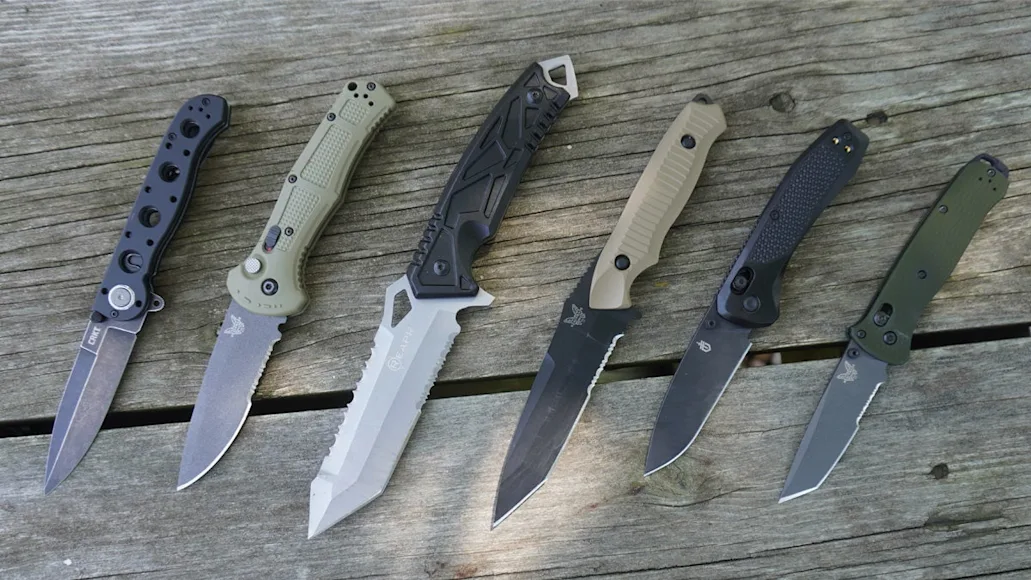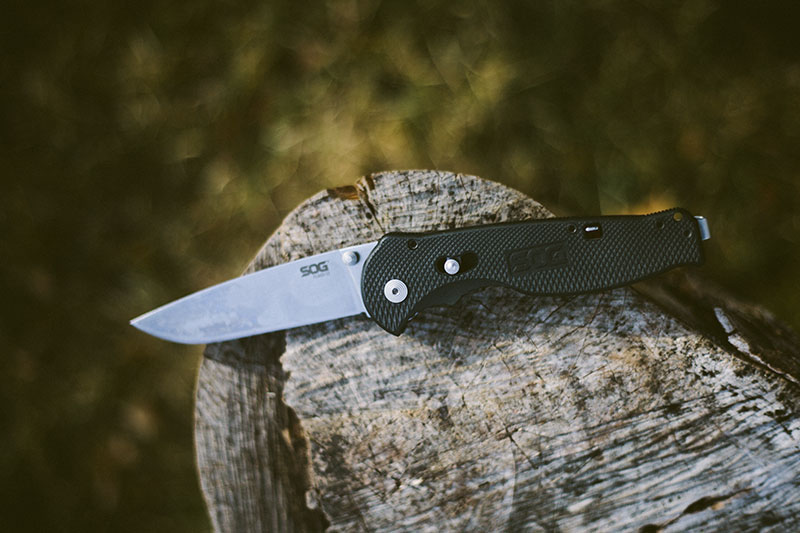In the world of culinary arts, the tools of the trade can make all the difference. For kitchen professionals, a folding knife is not just a tool but an extension of their skill and precision. However, what if you could take this essential tool and make it truly your own? Customizing a folding knife allows you to tailor it to your precise needs, enhancing both its functionality and aesthetic appeal.
But why should a kitchen professional consider customizing a folding knife? From improving ergonomics to increasing utility, the reasons are as varied as the chefs themselves. In this guide, we'll explore the art and science of knife customization, providing insights and tips for those ready to embark on this rewarding journey.

Understanding the Basics of Folding Knife Customization
Before diving into the intricacies of customization, it's important to understand the basics. A folding knife consists of several key components: the blade, handle, pivot, and locking mechanism. Each of these can be modified to enhance performance and comfort.
For instance, you might choose to upgrade the blade material for better durability or sharper edges. Many professionals prefer high-carbon stainless steel for its balance of sharpness and rust resistance. Alternatively, you could consider exploring different knife types to find a style that suits your unique needs.
Enhancing Ergonomics: The Handle
The handle is where customization can significantly impact comfort and usability. A well-designed handle can reduce hand fatigue and improve precision. Materials like G10, micarta, or even exotic woods can offer both durability and a personal touch.
Consider the shape and texture of the handle as well. A textured grip can prevent slipping, which is crucial in a busy kitchen environment. Additionally, adjusting the weight and balance of the knife can make repetitive tasks less strenuous over time.
Personalizing Aesthetics: Make It Your Own
While functionality is paramount, aesthetics play a crucial role in customization. A personalized knife can be a source of pride and identity for a chef. Engraving, anodizing, or even adding unique patterns to the blade or handle can transform a standard knife into a personal masterpiece.
For those interested in further customization, exploring additional features like lanyard holes can add both utility and style.
Practical Tips for Customizing Your Folding Knife
To ensure a successful customization process, keep the following tips in mind:
- Research Thoroughly: Before making any modifications, research different materials and techniques. Understanding the pros and cons of each option will help you make informed decisions.
- Start Small: If you're new to customization, start with simple changes. For example, swapping out the handle material or adjusting the blade finish can provide a noticeable impact without overwhelming complexity.
- Consult Experts: Don't hesitate to seek advice from experienced knife makers or forums. Platforms like Tacknives USA offer valuable insights into the advantages and disadvantages of various modifications.
Understanding Blade Shapes and Their Uses
Another aspect of customization is selecting the right blade shape for your needs. Different shapes serve different purposes. For example, a drop point blade is versatile, while a tanto blade offers more power for piercing tasks. Understanding these differences can help you tailor your knife to specific culinary tasks.
For more information on blade shapes, you can visit Knafs.com, which provides a detailed overview of various options and their uses.
The Importance of Maintenance
Once you've customized your folding knife, proper maintenance is crucial to preserve its performance and appearance. Regular cleaning, sharpening, and oiling will ensure that your knife remains a reliable tool in the kitchen.
For detailed instructions on knife maintenance, consider reading this guide on using a sharpening stone. It provides practical tips for keeping your knife in top condition.

Balancing Functionality and Style
Ultimately, customizing a folding knife is about finding the right balance between functionality and style. Whether you're seeking a knife that feels like an extension of your hand or one that reflects your unique aesthetic, the possibilities are endless.
For those who wish to delve deeper into knife customization, exploring different carry positions can also enhance accessibility and convenience.
Frequently Asked Questions
What materials are best for knife customization?
Materials like high-carbon stainless steel for blades and G10 or micarta for handles are popular due to their durability and aesthetic appeal.
Can I customize the locking mechanism?
Yes, you can customize the locking mechanism for improved safety and functionality, but it's recommended to consult with experts or professionals to ensure reliability.
How can I ensure my customized knife remains sharp?
Regular maintenance, including sharpening with a stone and oiling, will keep your knife sharp and functional. Resources like this guide offer valuable tips on maintenance.
This article contains affiliate links. We may earn a commission at no extra cost to you.


























